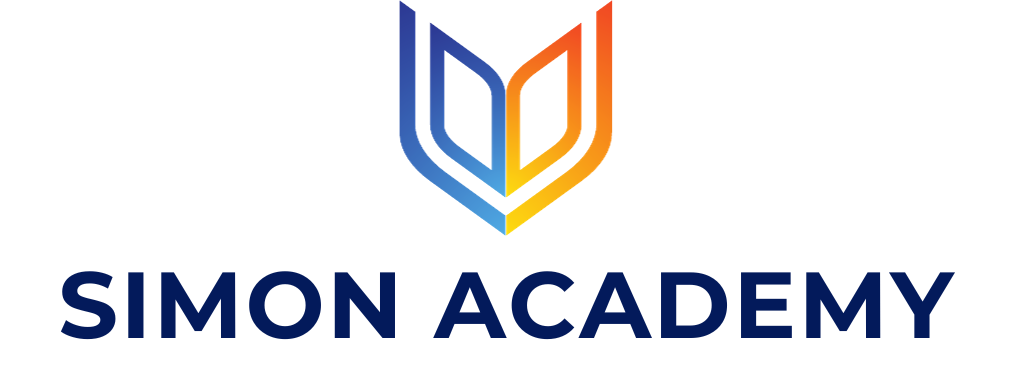Case snapshot: the gentle push
Max had barely finished verifying the latest KYC packet when the call came.
A relationship manager leaned in with a lowered voice:
“This client is important. They don’t want to waste time on all these compliance hurdles. Can’t we just… move them along?”
The prospect was a high-value client, promising significant revenue. Their documentation was mostly complete, but some gaps remained—beneficial ownership declarations weren’t fully clear, and the source of funds narrative was thinner than expected.
Max felt the weight of the request. The whisper wasn’t a command, but it carried an edge.
Fast onboarding is attractive. Business teams see lost opportunities in every delay. Compliance officers, however, see something else:
- Incomplete UBO declaration — who ultimately owns the company?
- Vague source of wealth — general statements like “business revenues” without evidence.
- Pressure to approve without full verification — a direct conflict with AML obligations.
Ella, overhearing Max’s hesitation, later reminded him:
“This isn’t about saying no. It’s about saying not yet. If you shortcut now, you’re not just risking a fine; you’re risking complicity. Regulatory supervisors have repeatedly emphasized that commercial pressure is not a valid reason for bypassing AML checks.”
Max pushed back—politely but firmly.
“We can’t onboard until we have a complete picture. If the client values the relationship, they’ll provide the information. If not, it’s a risk we shouldn’t take.”
The relationship manager frowned, but Max knew the call had to stand. Cutting corners wasn’t an option.
Later that week, the client returned with the missing documents. The gaps were closed, and onboarding proceeded—delayed, but compliant.
After the onboarding decision, Max documented the client interaction and flagged the internal pressure as part of his compliance log.
That log didn’t just sit in isolation. It became part of the feedback loop shared with the second line. The whole compliance framework—from Max at the front desk to Ella and Marcus at the oversight level—is expected to function as a single, resilient defense.
Regulatory lens: no exceptions in due diligence
Under the AMLR:
- Article 19 obliges institutions to conduct customer due diligence (CDD) before establishing a business relationship.
- Article 20 requires enhanced customer due diligence (EDD) where higher risks are identified—common in cases with incomplete ownership clarity or opaque funding sources.
Making exceptions doesn’t just create compliance gaps—it undermines the credibility of the entire program.
Beyond being an internal alignment exercise, regulators generally expect that institutions must demonstrate:
- Effective governance (management bodies are responsible for ensuring independence of compliance decisions).
- Escalation procedures (first-line concerns must be reviewable and protected).
- No dilution of CDD obligations.
Final thought: integrity in the first line
The pressure to "get the deal done" is a constant in the first line. A demanding client insists a KYC document is sufficient, even though it doesn't meet the standard. An internal team pushes for a faster account opening to meet a sales target. In these moments, a single compromise can seem insignificant—a harmless shortcut in a sea of transactions.
But a single shortcut sets a powerful and dangerous precedent. It communicates that the rules are flexible and that compliance is an obstacle to be overcome, not a foundational element of the business. This small act of bending the standard can create a ripple effect, encouraging other exceptions and gradually normalizing a culture of laxity. The true cost isn't measured in the single transaction you allow through, but in the long-term erosion of the institution's integrity and its ability to withstand a serious, high-risk threat.
The first line is the gatekeeper. Its role is to stand firm against the daily tide of compromise, ensuring that the institution's ethical and regulatory foundation remains an anchor, not a whisper.
As compliance professionals, we must understand our role and responsibilities in the bigger picture.


